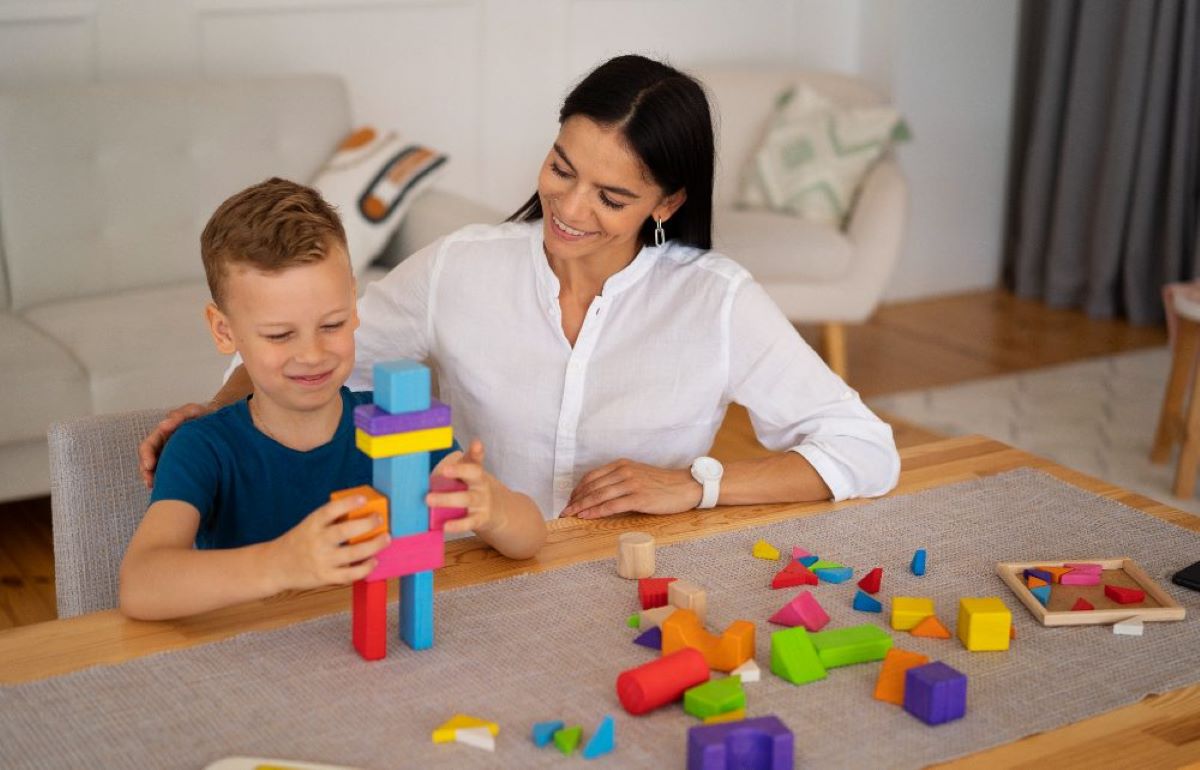Occupational therapy (OT) is an essential healthcare profession that focuses on helping individuals achieve independence in their daily activities. In Australia, the field of occupational therapy has seen significant growth, with the number of registered occupational therapists soaring to 29,473 as of March 2023, reflecting a remarkable 171% increase since 2013. This article delves into the various aspects of occupational therapy in Australia, offering insights into the services available for families, the role of technology, and the challenges faced by practitioners in rural areas.
Understanding Occupational Therapy
Occupational therapy Sydney services are designed to assist individuals of all ages in overcoming barriers to participation in daily life. This can include helping children with developmental delays, adults recovering from injuries, or elderly individuals facing mobility issues. The primary goal of occupational therapy Sydney is to enable clients to engage in meaningful activities that enhance their quality of life.
Occupational therapists in Sydney employ a holistic approach, assessing not only the physical capabilities of their clients but also considering emotional, social, and environmental factors that may impact their ability to perform daily tasks. This comprehensive assessment allows therapists to create tailored intervention plans that address the unique needs of each individual.
Key Areas of Focus
- Physical Rehabilitation: Helping clients regain strength and mobility after injuries or surgeries.
- Developmental Support: Assisting children with developmental challenges to improve their skills.
- Assistive Technology: Integrating technology and adaptive devices to enhance independence.
- Mental Health: Supporting individuals with mental health issues to manage daily activities.

Services Available for Families
Families seeking occupational therapy services in Australia have access to a wide range of options. These services can be delivered in various settings, including hospitals, community health centres, schools, and private practices. The flexibility of service delivery is crucial in ensuring that families can find the right support for their needs.
One of the most significant developments in recent years has been the rise of telehealth occupational therapy services, which increased by over 200% during the COVID-19 pandemic. This shift has allowed families to access therapy from the comfort of their homes, making it easier for those in remote areas to receive the care they need.
Learn about : How Speech Therapy in Castle Hill Helps Children Communicate with Confidence
Types of Services Offered
Occupational therapists provide a variety of services tailored to meet the needs of different populations:
- Assessment and Evaluation: Comprehensive assessments to identify the specific needs and goals of clients.
- Individual Therapy: One-on-one sessions focusing on personal goals and challenges.
- Group Therapy: Facilitated sessions that promote social interaction and shared learning experiences.
- Home Modifications: Recommendations for changes to living environments to enhance accessibility and safety.
The Role of Technology in Occupational Therapy
Technology plays a pivotal role in modern occupational therapy practices. Over 70% of occupational therapy sessions involve the use of assistive devices and technology, which can significantly enhance the effectiveness of interventions. From simple tools to sophisticated software applications, technology is transforming how therapists deliver care.
Recent innovations include co-designed applications that empower therapists to manage reminiscence interventions effectively. Such tools not only streamline the therapy process but also engage clients in meaningful ways, making therapy more enjoyable and impactful.
Assistive Devices and Their Impact
Assistive devices are crucial in helping clients perform daily activities. These can range from basic tools like grab bars and adaptive utensils to advanced technologies such as speech-generating devices and mobility aids. The integration of these devices into therapy sessions allows therapists to provide tailored support that meets the specific needs of each client.
Moreover, the Australian occupational therapy software market is projected to reach USD 10.4 million by 2030, growing at a compound annual growth rate of 11.6%. This growth indicates a rising demand for technology-driven solutions that enhance therapy outcomes.
Challenges in the Occupational Therapy Sector
Despite the growth and advancements in occupational therapy, several challenges persist, particularly in rural and remote areas of Australia. Recruiting and retaining a diverse workforce in these regions remains a significant hurdle. Many rural communities struggle to access qualified therapists, which can lead to disparities in care.
Additionally, a rapid review of 13 studies found less positive findings regarding the cost-effectiveness of certain occupational therapy interventions. This raises questions about resource allocation and the sustainability of therapy services, particularly in underfunded areas.
Addressing Workforce Challenges
Efforts are underway to address these workforce challenges through various initiatives. Strategies include offering incentives for therapists to work in rural areas, providing scholarships for students pursuing careers in occupational therapy, and promoting telehealth services to bridge the gap in access.
Furthermore, fostering a diverse workforce is essential for ensuring that therapy services are culturally sensitive and responsive to the needs of all communities. This includes training programs that focus on cultural competence and inclusivity.
Finding the Right Occupational Therapist
For families seeking occupational therapy services, finding the right therapist is crucial. Here are some steps to consider when searching for an occupational therapist:
- Identify Your Needs: Determine the specific challenges or goals you wish to address through therapy.
- Research Options: Look for therapists in your area or consider telehealth options if you live in a remote location.
- Check Qualifications: Ensure that the therapist is registered and has the necessary qualifications and experience.
- Schedule a Consultation: Meet with the therapist to discuss your needs and see if their approach aligns with your expectations.
Questions to Ask Potential Therapists
During the consultation, it is essential to ask questions that will help you gauge the therapist’s suitability:
- What is your experience with clients who have similar needs?
- What approaches do you use in therapy?
- How do you measure progress and success?
- What is your availability for sessions?

The Future of Occupational Therapy in Australia
The future of occupational therapy in Australia looks promising, with ongoing advancements in technology and an increasing recognition of the importance of mental health and well-being. As the profession continues to evolve, it is likely that new approaches and interventions will emerge, further enhancing the quality of care provided to clients.
Moreover, as the demand for occupational therapy services grows, particularly in the wake of the COVID-19 pandemic, there will be a greater emphasis on developing innovative solutions to address workforce challenges and improve access to care.
Conclusion
Occupational therapy is a vital resource for families across Australia, offering support and interventions that can significantly improve the quality of life for individuals facing various challenges. With a growing number of registered therapists and advancements in technology, families can find the help they need to navigate daily life more effectively. By understanding the services available and the importance of finding the right therapist, families can make informed decisions that will benefit their loved ones for years to come.
More about: How Speech Therapy in Castle Hill Helps Children Communicate with Confidence
FAQs
Occupational therapy is a healthcare profession that helps individuals of all ages gain independence by addressing physical, emotional, and environmental barriers to daily life activities.
Children with developmental delays, adults recovering from injuries, and elderly individuals facing mobility or health issues can all benefit from occupational therapy Sydney services.
The main areas include physical rehabilitation, developmental support, assistive technology, mental health support, and home modifications for accessibility.
Technology plays a vital role by integrating assistive devices, telehealth sessions, and therapy apps that make interventions more effective and accessible.
Services include assessments, one-on-one therapy, group sessions, telehealth, and recommendations for home or workplace modifications.
Yes, though access is more challenging. Telehealth services and government initiatives aim to bridge the gap for rural and remote families.
The sector faces workforce shortages in rural areas, cost-effectiveness concerns for some interventions, and the need for culturally inclusive practices.
Start by identifying your needs, researching therapists, checking their qualifications, and scheduling a consultation to ensure their approach aligns with your goals.



